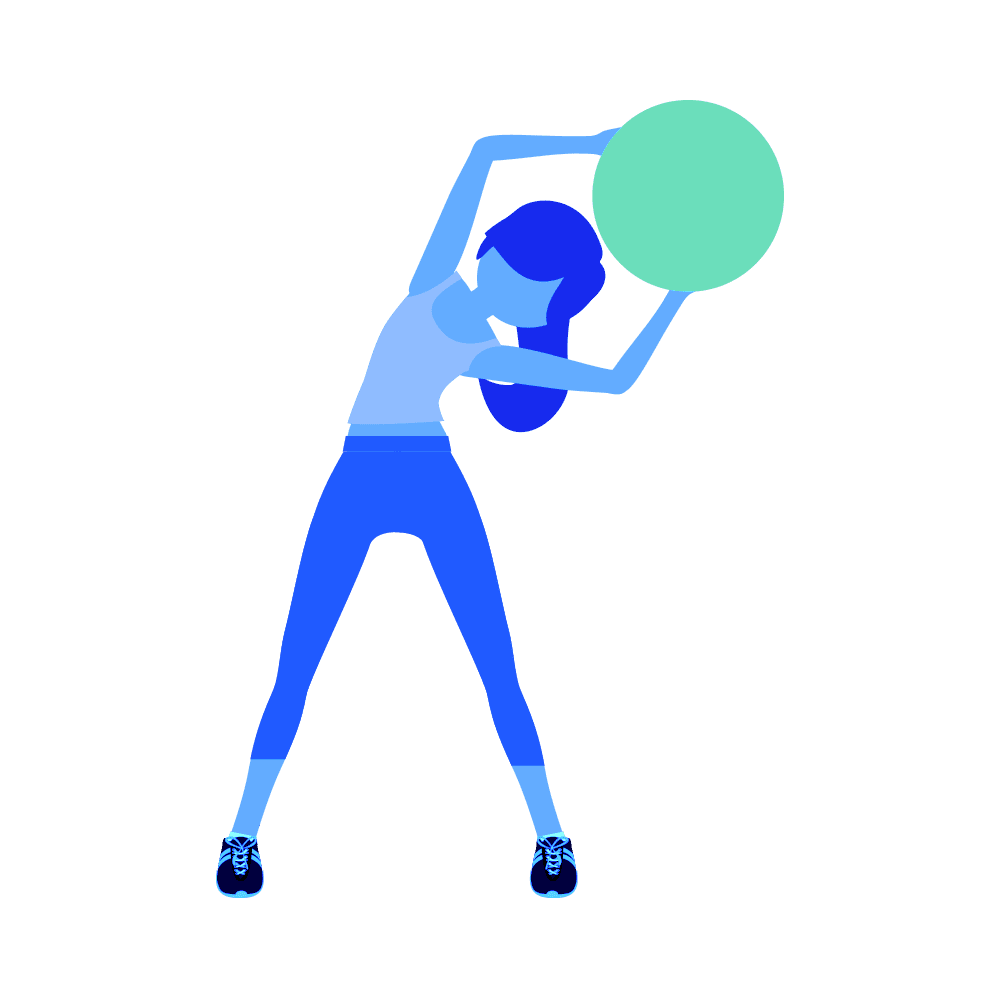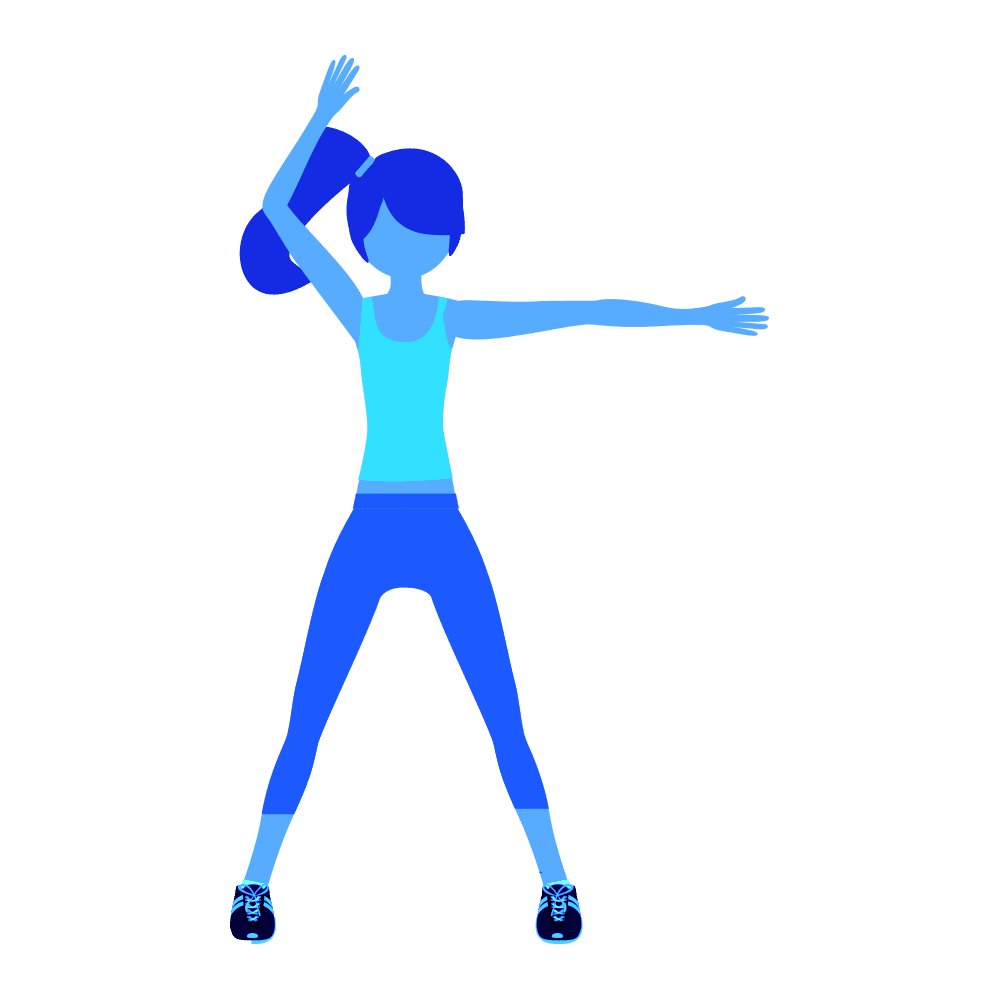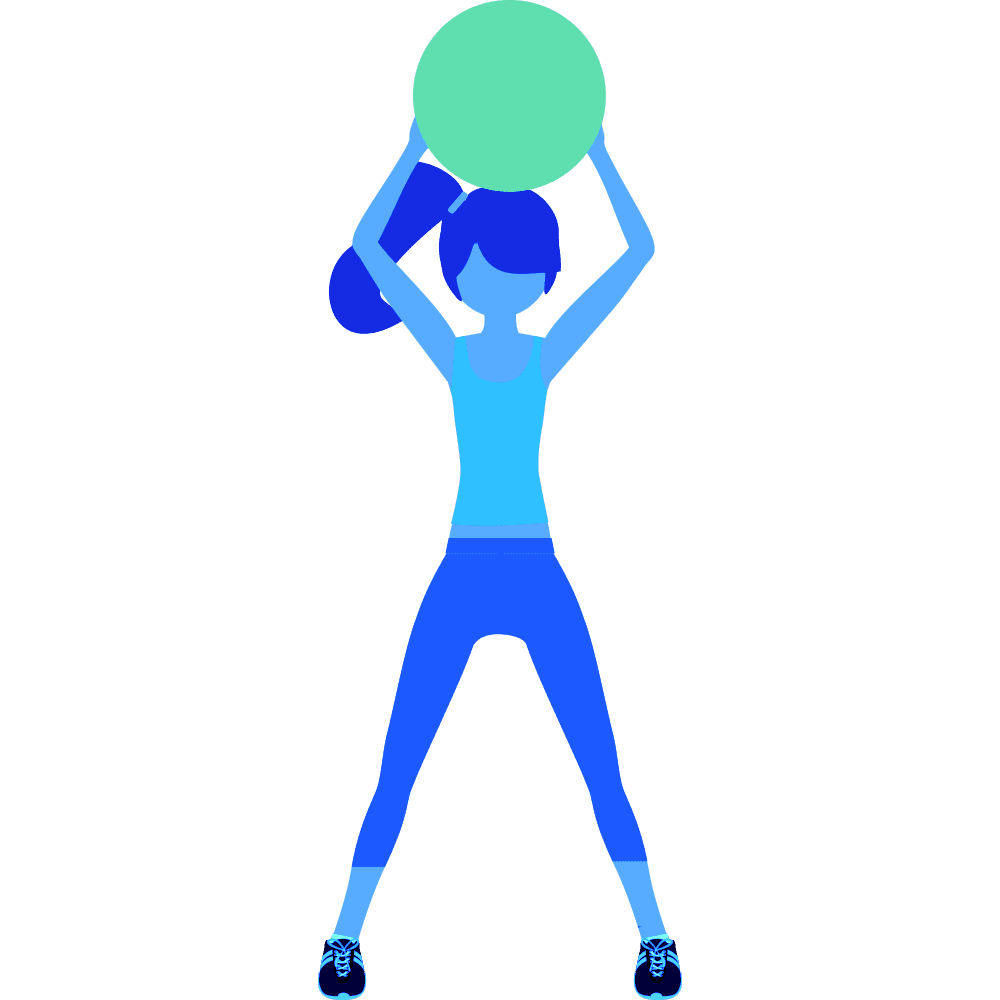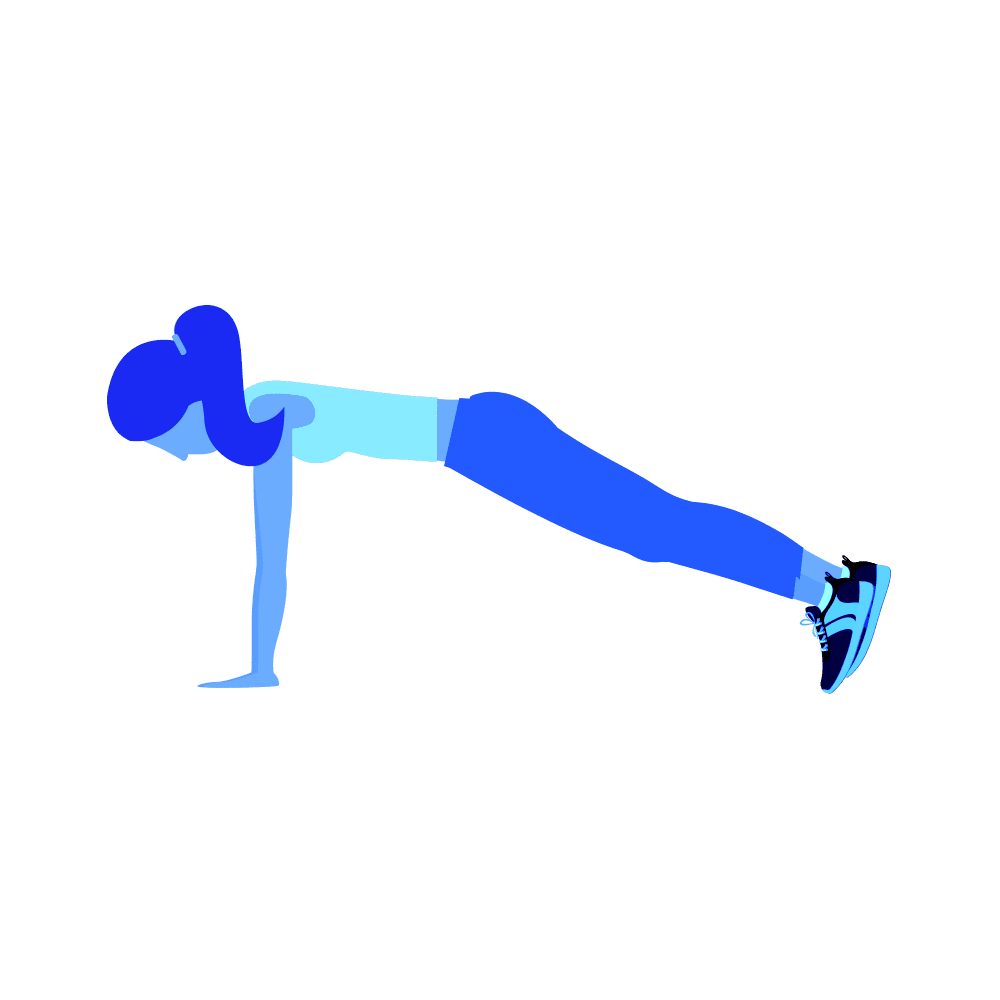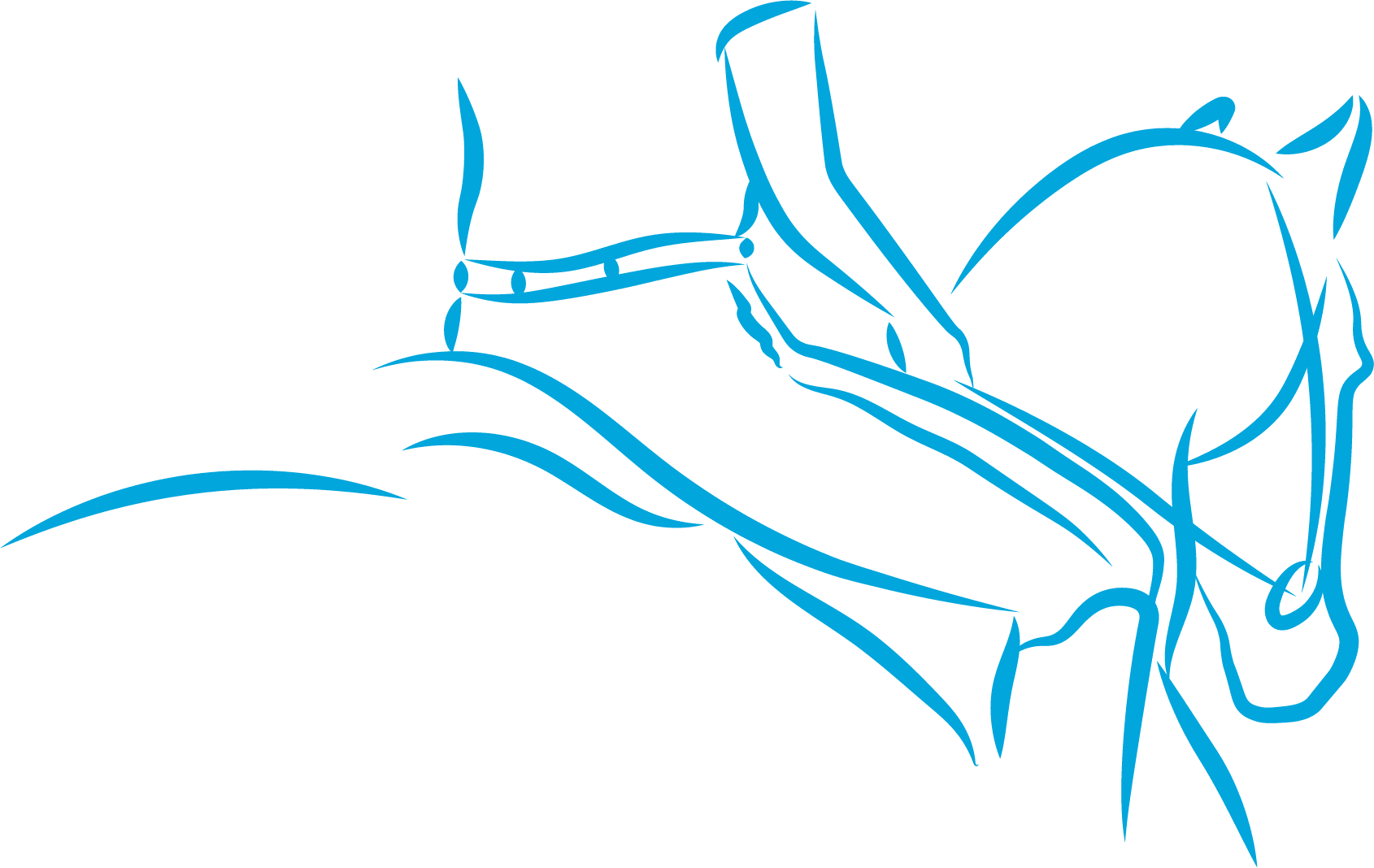Thanks to todays increased longevity, women are now living approximately 1/3 of their lives post-menopausal. This suggests that most women live 1/3 of their lives with little or no oestrogen or progesterone in their bodies. Now if you’re a younger female, I’d encourage you to read ahead rather than scroll over this post as there are things you can begin now to assist yourself into the future.
Oestrogen levels begin to drop quite a few years prior to menopause which creates many changes within our bodies which can affect our riding as well as other parts of our lives.
Why can’t I touch my toes anymore?
For instance, have you noticed you’re no longer as flexible as you used to be? Oestrogen plays a role in maintaining fluid levels in your body. As oestrogen levels decline, so does hydration levels within the bodies tissues such as the cartilage, ligaments and tendons.
Considering that cartilage is the cushioning between your bones and healthy cartilage is made up of almost 80% water, as oestrogen levels decline, so does the shock absorbing benefits of your cartilage. In addition, the synovial fluid which lubricates the cartilage helping your joints to move with less friction contains water.
As oestrogen levels decrease, tendons and ligaments tend to lose their elasticity and possibly become more brittle. Ligaments connect bones to each other, whilst tendons attach muscles onto bones. As they lose elasticity, you will notice a decrease in your range of movement. What used to be a simple task of mounting your horse means you’ll be chasing a taller mounting block!
What you can do to help
Sounds like bad news for mature equestrians, however there are a few things you can do to improve your flexibility and range of movement even knowing that the low oestrogen levels are here to stay!
- Maintain your hydration by drinking at least 2 litres of quality water daily. Experiencing joint pain or stiffness in the morning could be an indication that your body is dehydrated. Drinking small amounts frequently is easier for your body to absorb compared to guzzling a 600ml bottle when you realise you haven’t had a drink all morning!
- Strengthen your muscles to support your joints. We lose muscle as we age which creates more pressure on joints, tendons and ligaments. Resistance exercises such as the SSS Fitball Strength & Stability Sessions are a great way to increase your muscle strength. The stronger your muscles become, your joints, ligaments and tendons will respond and assist in supporting your body. If you commit to 2 -3x 30min sessions per week, within a month you will begin to see some differences in your strength.
- Improve your flexibility and mobility by gentle movement. It’s important for equestrians of all ages to consistently work on improving their flexibility. Simply by riding horse’s, muscles such as in our back, hip flexors, hamstrings, inner thigh muscles and so many more become tight which in turn over time can create inflammatory conditions such as arthritis. The sooner you begin, irrespective of your age, the sooner you will receive benefits. Stretching improves not only muscle flexibility, but also tendon & ligament integrity and joint mobility. The SSS program includes Vinyasa Flow Sessions for Equestrians where we choose specific stretches for riders. If you prioritise 2x 30 – 60min sessions per week dedicated to improving your flexibility, you will be surprised at the results!
The great thing is that the earlier you begin to exercise, the better your body will adapt to the changes ahead, however if you’re well past menopause it’s not too late to begin improving your strength and flexibility! You will still receive great benefits that will last well into the years ahead.

